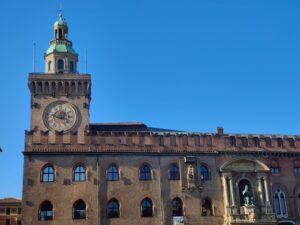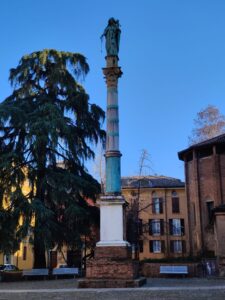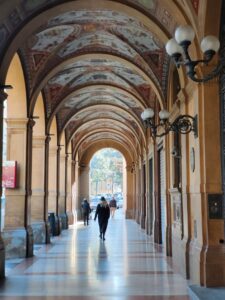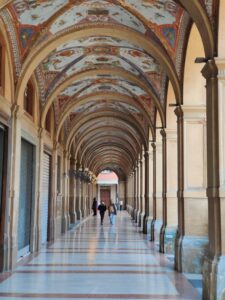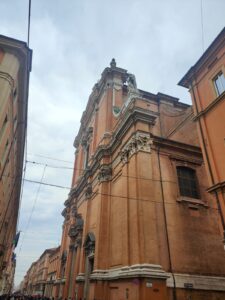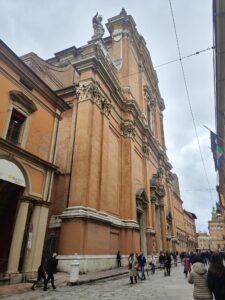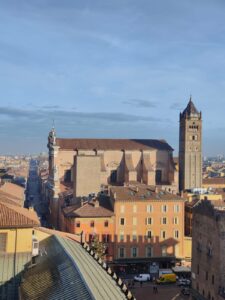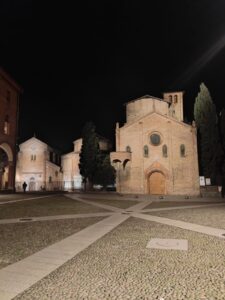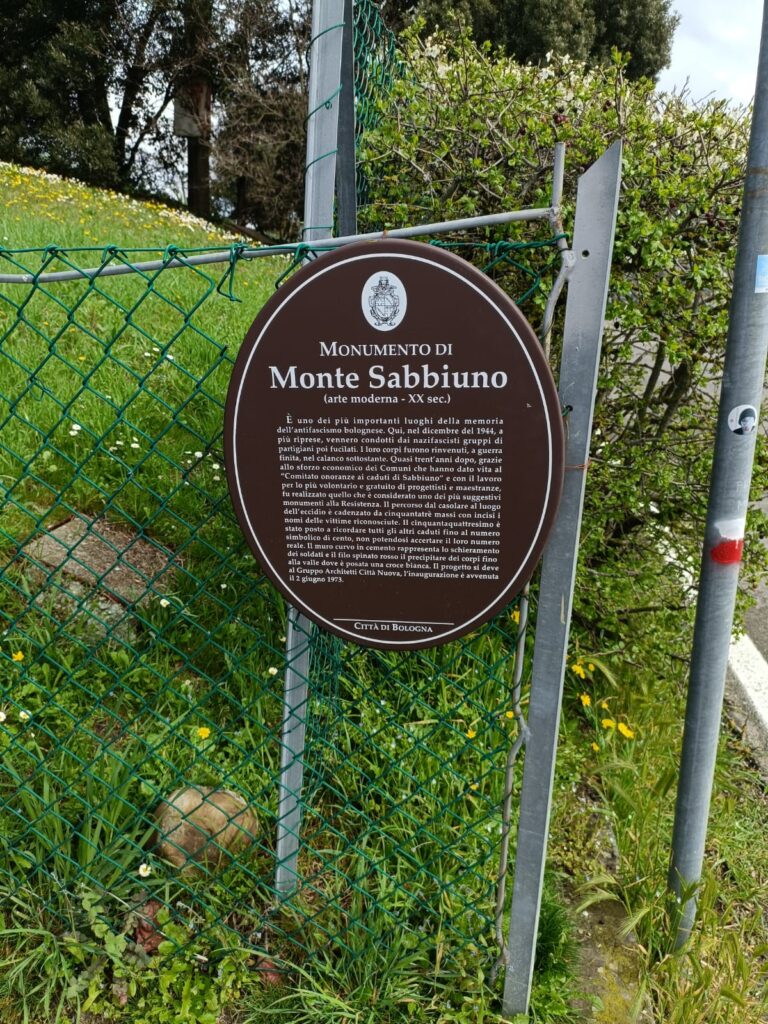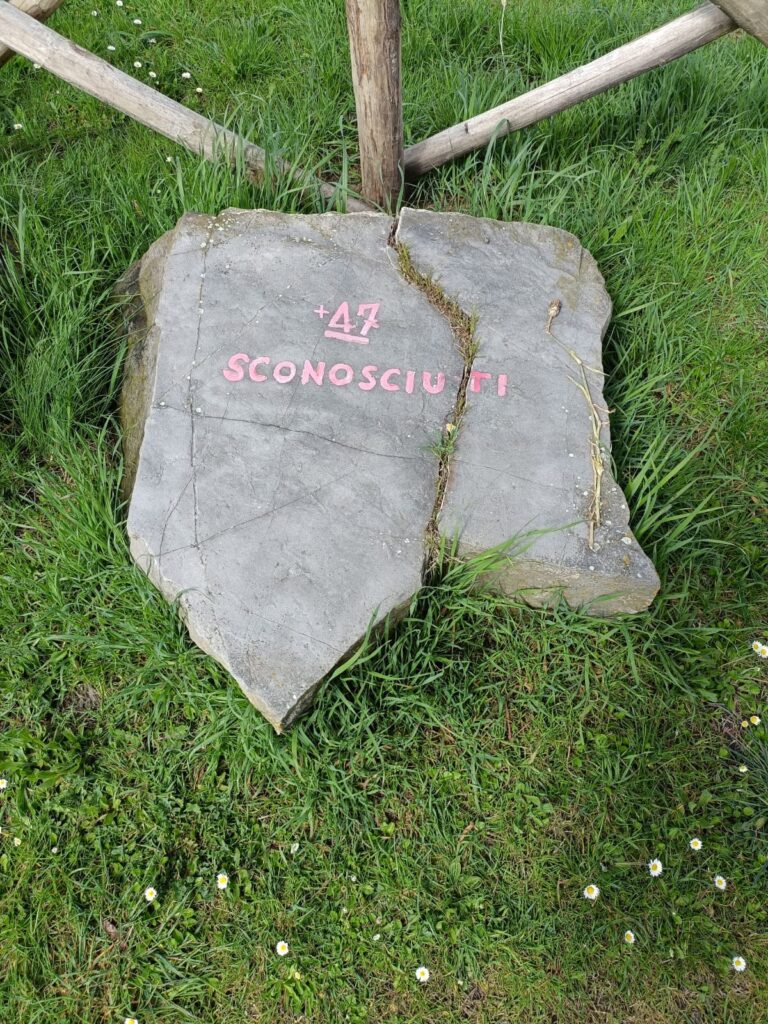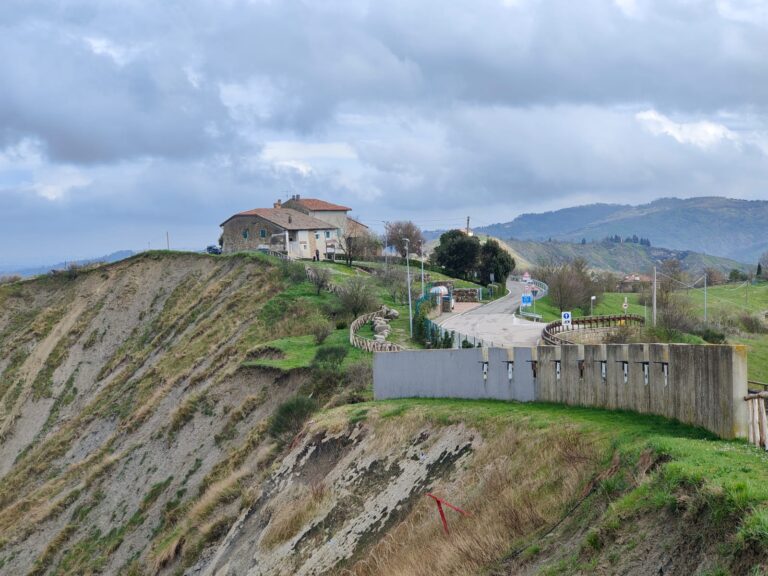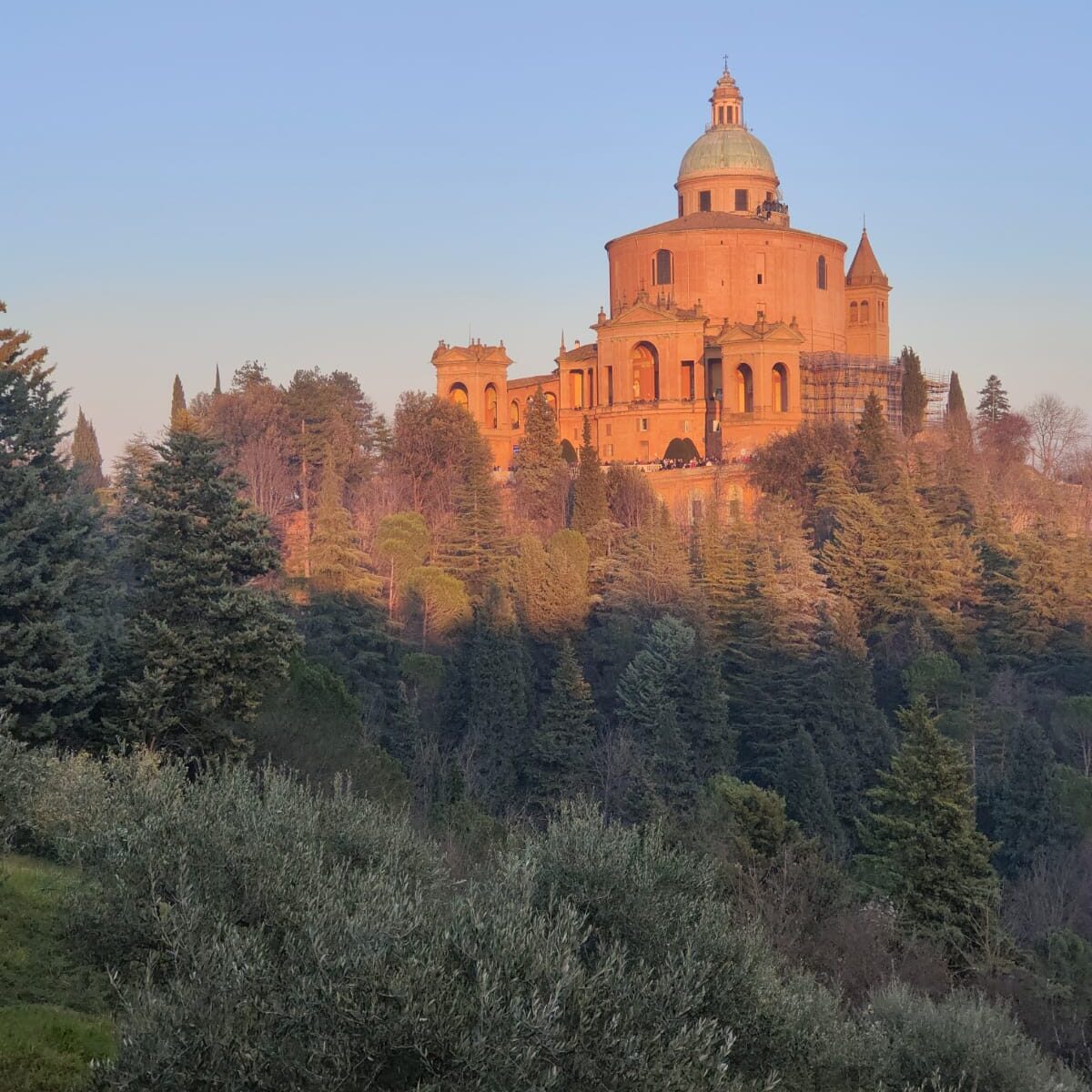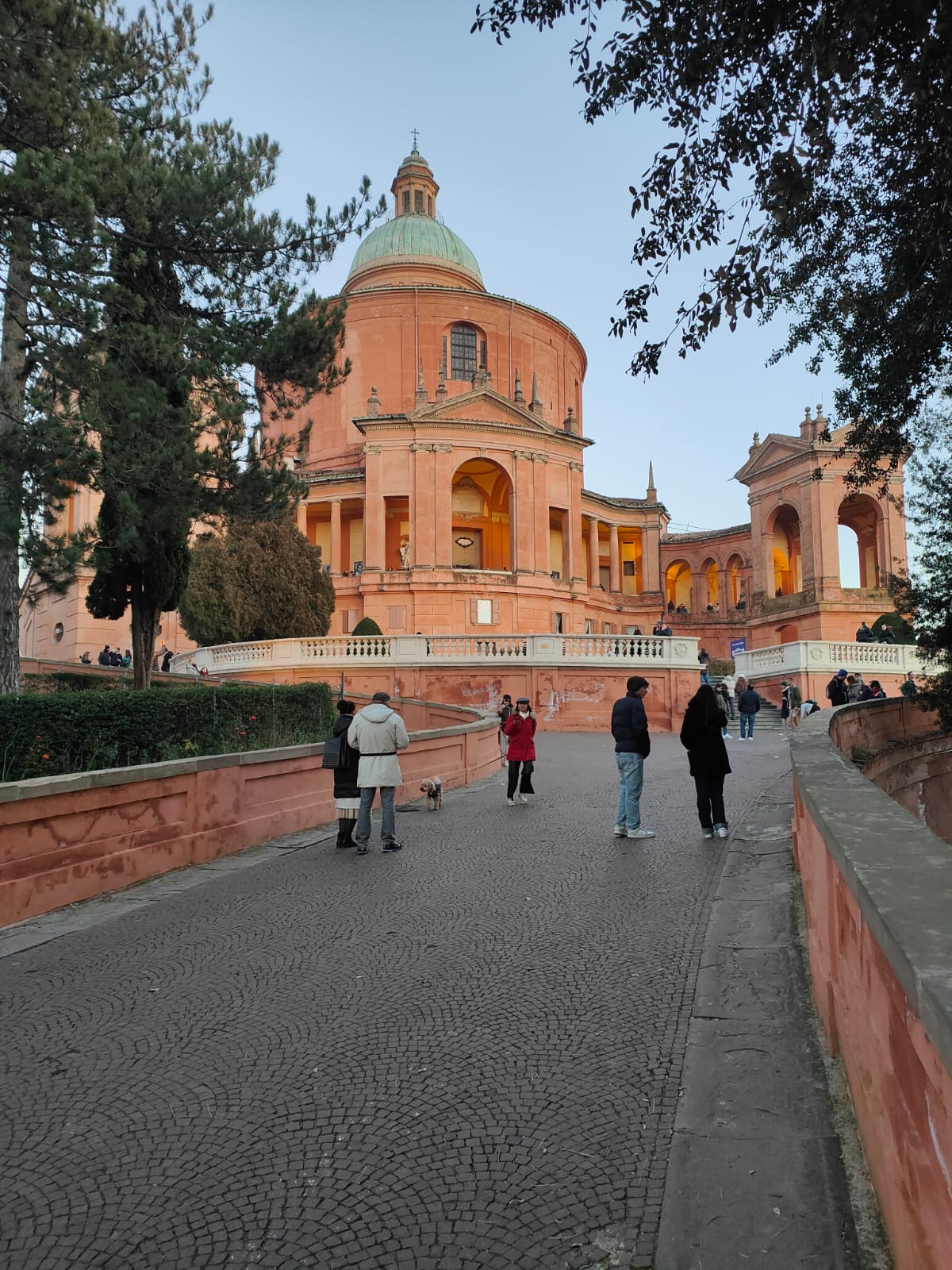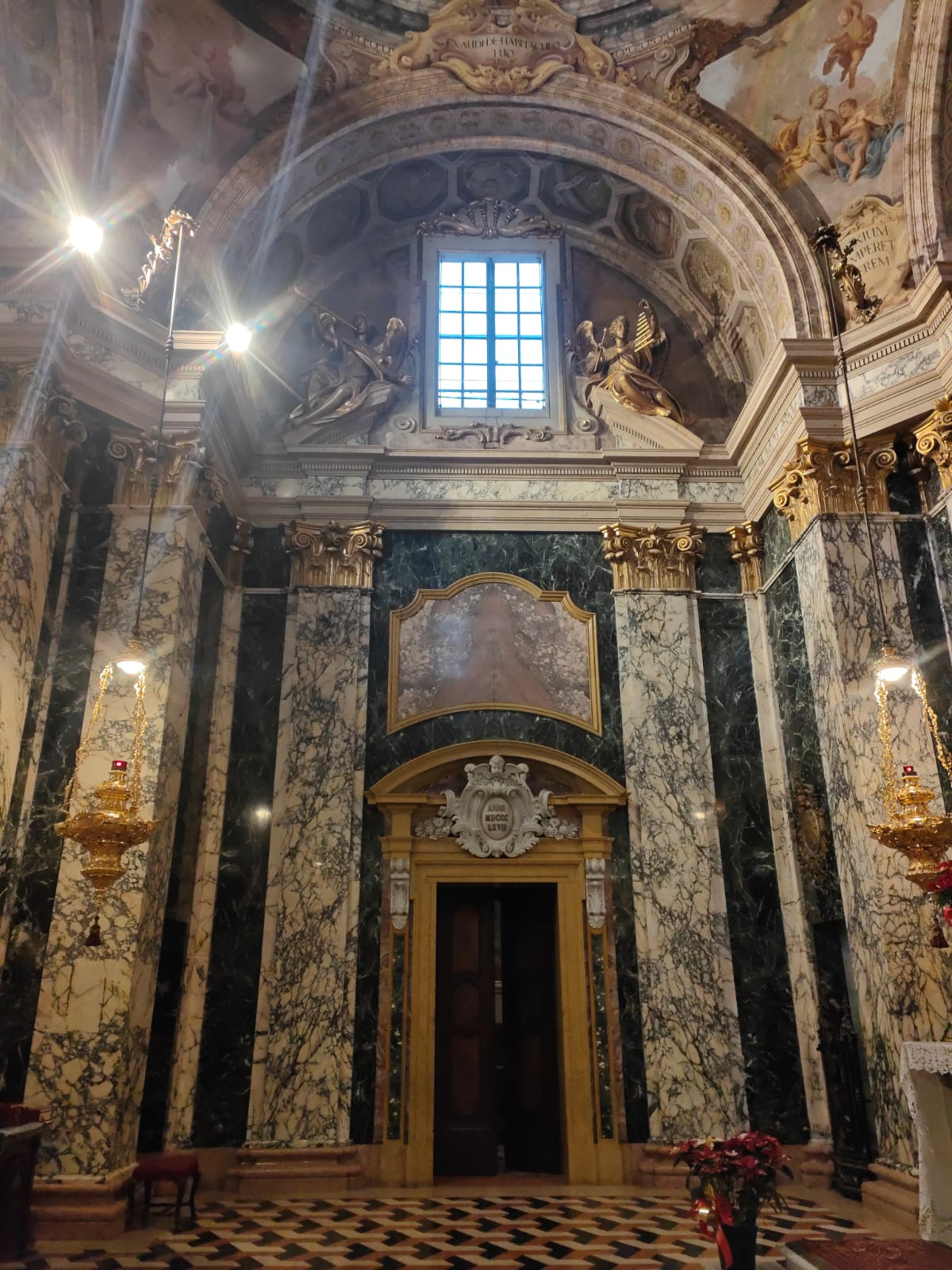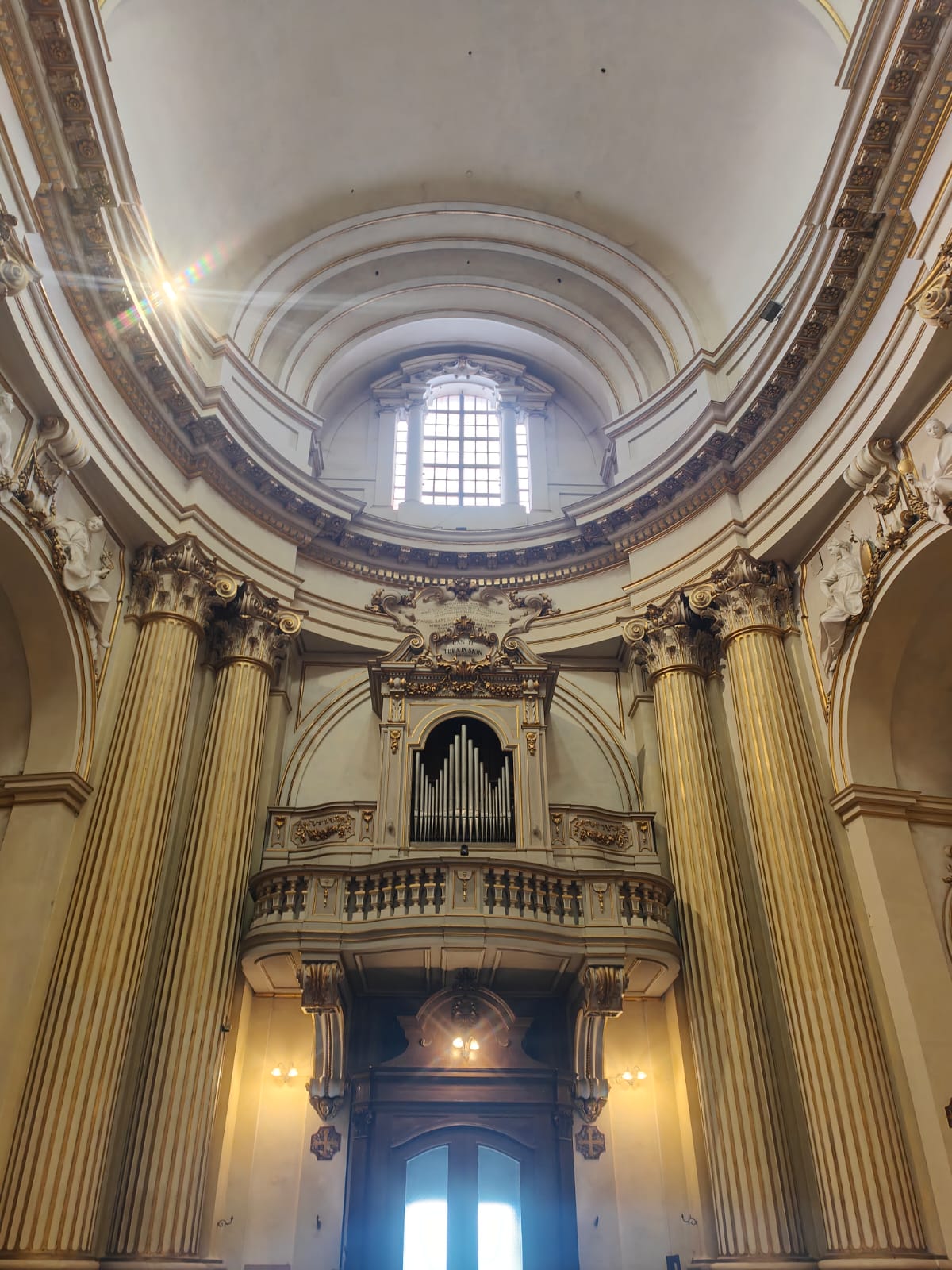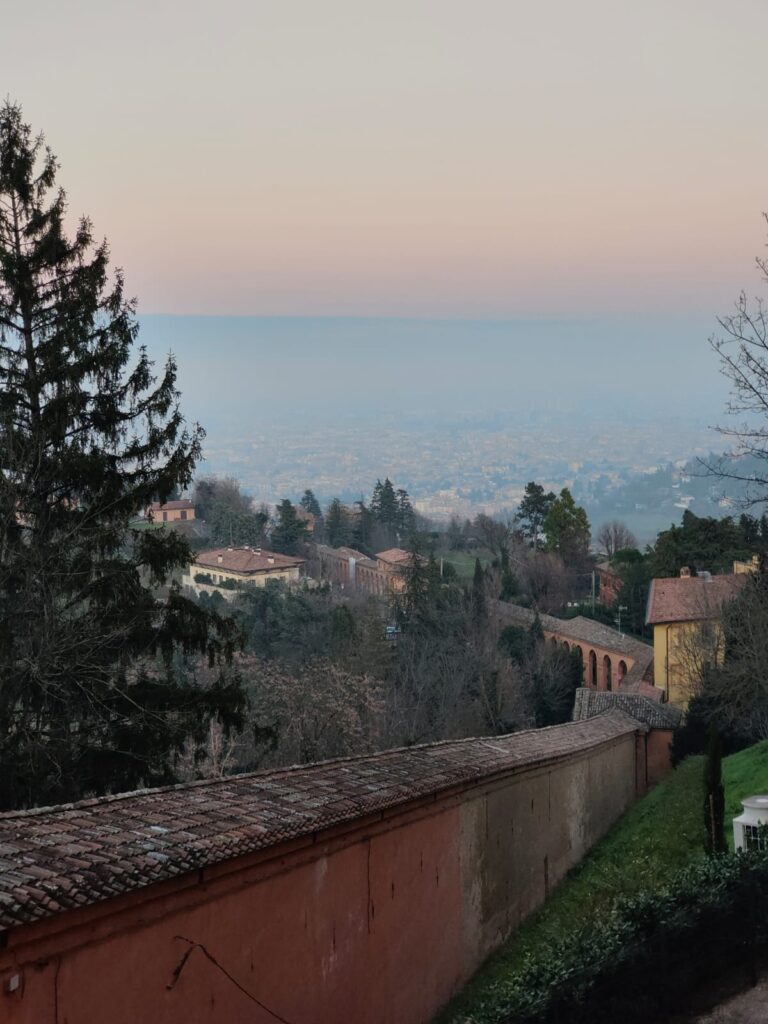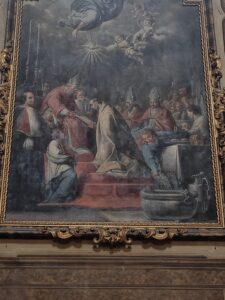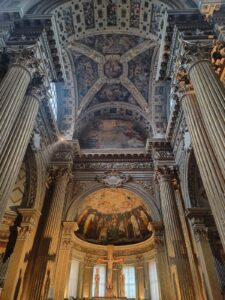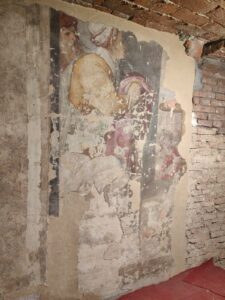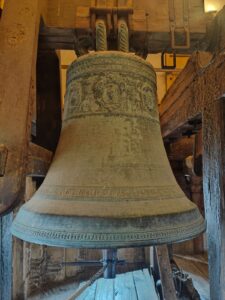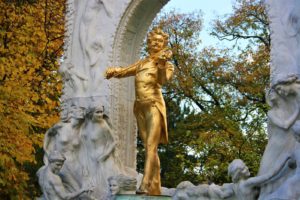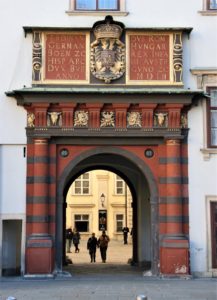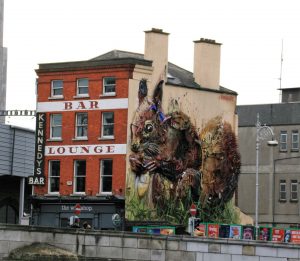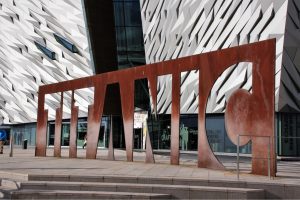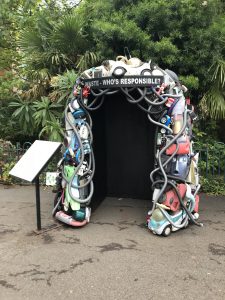Nestled in the heart of Italy is Bologna. It is less visited than, say, Rome or Florence but is surely a contender for a hidden gem in Italy’s crown. Bologna is the capital of Emilia-Romagna, a region in northern Italy. The locals have strong political views and a passion for culinary delights. The city is a beautiful fusion of architecture and history. Its streets are adorned with endless sights of its famous porticoes. Bologna is a medieval masterpiece and boasts warm terracotta hues. It enjoys a vibrant and authentically Italian atmosphere. Read on as we explore its charm and nicknames – “La Dotta” (The learned), “La Grassa” (The fat), “La Rossa” (the Red) and Turrita (with towers).
Bologna History
Bologna’s rich history spans millennia. What started as a small Umbrian settlement before it was conquered by the Etruscans (who called the settlement Felsina) before becoming a Roman colony named Bononia. During the medieval years, the construction of its two famous towers were built to monitor those who wished to enter and defend as necessary. Bologna became a city of learning and was transformed into a renaissance and Baroque hub. This led to a boom leading to the building of magnificent homes, palaces and striking squares. The city was also a key player in the Risorgimento (unification of Italy) which brought the city further riches as it became a centre of industry and commerce. Towards the end of World War II, the cities rail hub and industry meant it was a strategic target for air raids which did significant damage.
“La Dotta”
“La Dotta” means ‘the learned’ and is reference to the city’s historic university, “Alma Mater Studiorum”. The university is the oldest in the Western world (just pipping Oxford in the UK – AD1096). Bologna’s university was founded in AD 1088 and provided teaching and learning dedicated to the study of law. Archiginnasio Palace was once the main buildings of the university. A visit to the palace allows one to see the incredible courtyard adorned with coats of arms. The main draw of visiting the palace is the Anatomical Theatre where lessons were given on, you guessed it, the anatomy. The theatre is made from spruce wood with the original marble table in the middle of the room which was used for autopsies (the room was severely damaged during the war but rebuilt). The ceiling has been decorated with symbolic figures which represent the fourteen constellations and Apollo, the protector of medicine, positioned in the centre.






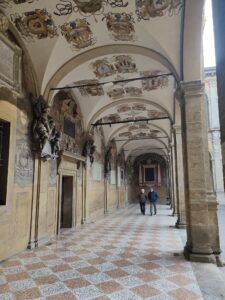


“La Grassa”
‘La Grassa’ means ‘the fat’ which refers to Bologna’s hospitality and traditional food. Known as Italy’s food capital, it is the birthplace of some of Italy’s most beloved foods. Bologna is famous in Italy for its balsamic vinegar, wine, cold cuts of meat, parmesan cheese and fresh pasta. Traditional dishes include Tagliatelle al ragu (what many people may called spaghetti bolognaise), tortellini in broth, lasagna al ragu (my personal favourite) and cotoletta petroniana (breaded meat fillets fried in lard, topped with prosciutto, parmesan cheese). Bologna’s famous cooked sausage, made with finely ground pork, fat and spices is called Mortadella, and it can only be called Mortadella if has been made in Bologna. It is easy to see why Bologna’s reputation is the food capital of Italy.
“La Rossa”
Bologna owes the name “la Rossa” to its famed red buildings and to the fact that it is the birthplace and the home of Italy’s political left. Politics is always a subject best left alone so I focus on the red architecture and terracotta roofs that render the city – La Rossa. When walking the streets of Bologna, the buildings and churches are often missed as the large porticoes hide them. A visit up any of the towers that allow access will show off the famous red rooftops of the city.





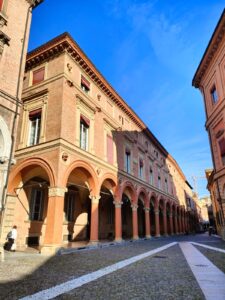

Bologna Porticoes
The famous porticoes of Bologna make for a unique experience. Over 40km of them can be found in the city, with the longest continuous portico leading from Porta Saragozza to San Luca (you can read about that here). UNESCO has now declared these and Bologna itself a world heritage site which is confirmation of their cultural significance. The porticoes were built out of brick, stone or wood and some date from the twelfth century. A requirement was that they had to be tall enough for a man sat on a horse to ride through them. They can be found wherever you walk around the streets of Bologna and you can’t miss and admire these architectural masterpieces.
“Turrita”
Bologna is described as towered (Turrita) because at one point Bologna could boast around 100 towers, which surely would have given Manhattan a run for its money in appearance. Towers were built to symbolise power and had to be tall and imposing. Sadly, today there are only around 20-30 towers remaining of which the iconic two at the heart of the city are often referred to as the ‘symbols of the city’ or ‘the two towers’. They are just about still standing, although currently not accessible due to renovation works (if you would like to contribute to the restoration then click here). The tallest one, Asinelli at 97.02 metres, was built between 1109 and 1119 by the Asinelli family and the Torre Gardisenda (also named after the family that built it) stands next to it but at a much shorter height of 47 metres. The Gardisenda tower gives the leaning tower of Pisa a run for its money and actually leans more than Pisa’s tower by 0.03 degrees.
Bologna's Churches
At the heart of the city is Piazza Maggiore, which is dominated by Bologna’s most important church, and, one of the largest in the world, the Basilica of San Petronio. The church is dedicated to Saint Petronius, the patron saint of Bologna. It is known as the unfinished church due to its main façade never being completed. Inside is a vast gothic masterpiece, tall and imposing as soon as you walk in. 22 chapels line the side of naves. Personally, I wouldn’t say that this is the most important church in Bologna, as we found out when visiting Bologna Cathedral. The cathedral is the seat of the archbishop and, by definition, be the most important in the city. Another church that we visited that is important is the one at San Luca. Here we learned about ‘Madonna and Child’ and its importance not only to the people of Bologna but the rest of the world. Other churches that must be explored upon our return are the Santa Stefano complex better known as “Seven churches”, the Church of the Holy Sepulchre, the Church of the Holy Crucifix and the Basilica of San Giacomo Maggiore to name a few.
Conclusions
This blog gives a brief snapshot of this wonderful city. It is certainly not as famous as other Italian cities but has a lot to offer the inquisitive tourist. Perhaps I shouldn’t write so much about it and keep it my secret. Perhaps the locals do not want its soul sold to the tourism gravy train. My meanderings have brought me to Bologna on many occasions and each time I learn more about this incredible city. Every time I come I fall further in love with this city. It satisfies some of my great loves -history, architecture and food. It is not just the imposing buildings, their interiors and the magnificent statues that appeal but the famous porticoes appear to be woven into its very fabric. Bologna is truly a special place. Whisper it quietly – this city should be on everyone’s ‘places to visit’ list.









